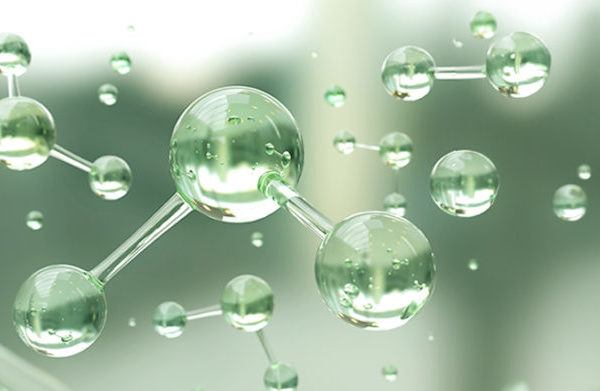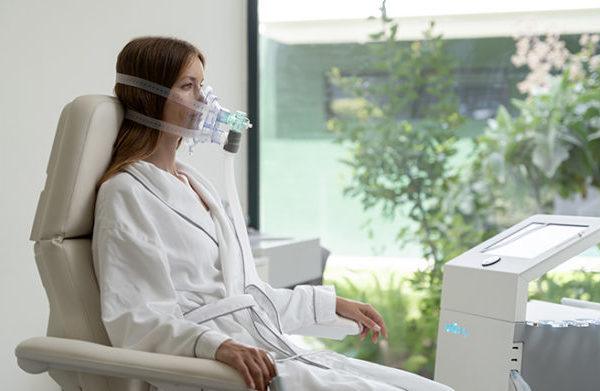
Light Energy
Things often happen like this: while looking for something, you find somethnig else instead, on the way. Serendipity! In studying bird´s sense of direction and long migratory odysseys, light emerged!
Yes, yes light: Researchers have come to the same conclusion we had sensed all along: light give us energy. Light guide us. Certain types of light can penetrate body tissue and energise our cells. We have felt this: it is very pleasant to spend time outside_wether in the mountains, by the sea, or ven in the city. However, until, recently, the exact biological explanation of why we enjoy to ”bask in the sun” had not been pinpointed. Modern techniques of microscopic brain imaging now show that a specific type of infrared light is absorbed by mitochondria – our cells’ energy factories- and converted into ATP molecules: the fuel for our cells. In addition, the process creates mild oxidants that lead to gene transcription, resulting on celular repair and healing. The process also unclogs the nitric oxide (NO) chain, thus liberating nitric oxide, which is released back into our body. Nitric oxide is a molecule that our body produces to help its 50 trillion cells communicate with each other, by transmitting signals throughout the entire body. Additionally, nitric oxyde helps to dilate our blood vessels, and thus improves our blood flow.
These findings have led to the emergence of a new science and therapy: photobiomodulation. This is about using certain types of light with specific characteristics, which have proved really effective. Using laser LED light, celular repair is enhanced in tissues like muscles or skin, reducing inflammation and accelerating healing. But can the positive effects of light be applied to our nervous system, too? NASA found this technique worth investigating, and has recently conducted a number of studies with war veterans. Results have been very positive: near- infrared light stimulates mitochondrial respiration in neurons by donating photons that are absorbed by cytochrome oxidase – a bioenergetics process called photoneuromodulation in nervous tissue. The absorption of luminous energy by the enzyme increases brain cytochrome oxidase enzymatic activity and oxygen consumption. This type of light energy can enter the brain mitochondria transcranially and – independently of the electrons derived from food substrates – can directly photo-stimulate cytochrome oxidase activity. That is to say: we can actually “recharge” ourselves using light!
Once we are “recharged”, we have to be able to cannel this energy properly. Transcranial electric stimulation is an advanced technique that stimulates specific part of the brain, as required, and according to the results we are aiming to achieve. And no, this is not about administering painful electric shocks, as we’ve seen in films! In fact, this technology uses batteries like the ones we have at home. Using this techniques, we can stimulates specific areas in the brain in order to make learning new things easier, ensure greater tolerance of physical fatigue, increase will power so as to give up a bad habit, or induce recovery from brain injury. The results are spectacular. Imagine that we decide to learn top lay the piano. Transcranial electric stimulation reduces the “effort” from between 8% to 12%; that is tos ay, we learn between 8% to 12% faster. Imagine working out at the gym: the results are similar. One feels less tired, and physical performance increases. Currently, certain Olympic teams are using these techniques, and various different committees have been set up to asses whether these techniques can be considered to be “doping”! Harvard University is currently testing these techniques with a very high degree of success for pathologies where all other conventional –therapies- such as meditation-have failed. A combination of these techniques has proved to be an important step forward in alleviating symptoms of diseases for which there is still no cure (such Alzheimer’s and Parkinson’s disease), and has also been effective in the migration of chronic fatigue, conditions of stress, and depression.
Who wouldn’t say that recharching yourself every once in a while, doesn’t come in handy?





